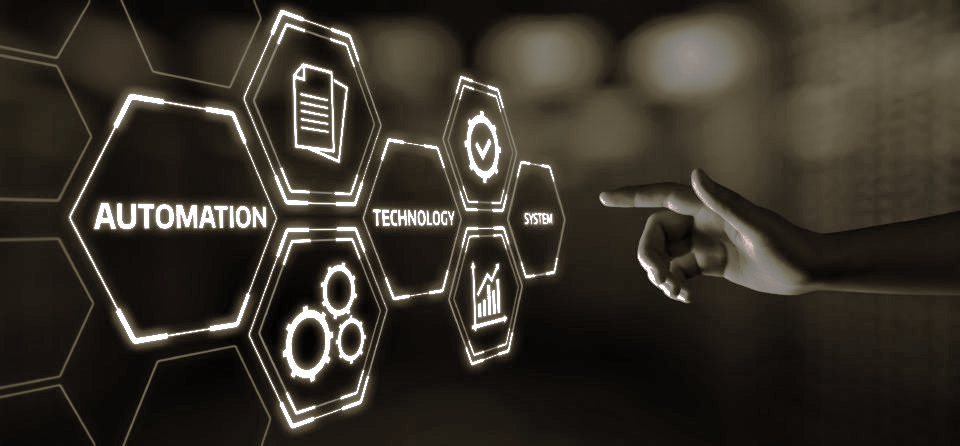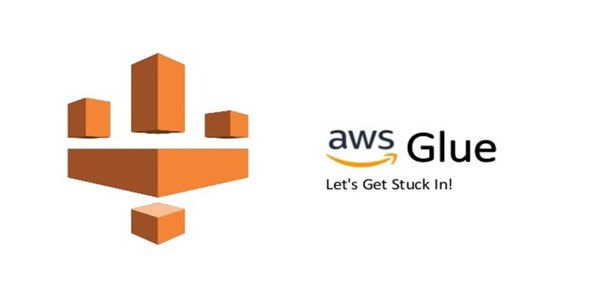|
Imagine having a personal Workload Automation (WA) expert by your side, ready to answer your questions, complete tasks, and transform your daily routine. That's the power of HCL Clara 2.0.0.3, the latest version of this intelligent automation chatbot.
0 Comments
Unlocking operational efficiency is paramount for organizations, and HCL Universal Orchestrator stands as a powerful ally in achieving this goal. With its versatile workflow modeling capabilities, HCL Universal Orchestrator empowers users to streamline their operations seamlessly.
Rabobank's dilemma in implementing the WSSYSAFF functionality was that they were unable to convert their current Workstations to Virtual Workstations. ZWS does not allow us to do so when there are any uncompleted entries for the WS’s in the CP which is always the case.
Orchestration CLI offers a unified interface for orchestrating complex workflows efficiently. One of its key functionalities includes managing plug-ins across different environments seamlessly. Users can integrate and manage all Job /Event type plug-ins available on Automations Hub with HCL Universal Orchestrator
The configuration of an application plays a pivotal role in determining its functionality and adaptability to varying circumstances. In HCL Universal Orchestrator CLI, you can customize your experience using the config.yaml file. You can edit the parameters in this file to modify the environment It ultimately comes down to setting up an environment to meet the specific requirements.
On this post we will go through the new orchestration command line interface available for both IBM and HCL Workload automation as well as for the new Universal Orchestrator.
We will also cover the basics to start running the very first ocli plan command. Let us begin with understanding Azure Service Bus, what it is all about before moving to our Azure Service Bus Plug-in, and how it is benefits to our workload automation users.
The Azure Service Bus can be downloaded from Automation Hub to enhance your Workload Automation setup. Let us begin with understanding AWS Glue, what it is all about before moving to our AWS Glue Plug-in, and how it is benefits to our workload automation users.
The AWS Glue Plug-in can be downloaded from Automation Hub to enhance your Workload Automation setup. Streamlining Secure File Transfers: How to Leverage Axway Transfer CFT with Workload Automation4/4/2024 Axway Transfer CFT (Cross File Transfer) takes the complexity out of integrating applications across platforms, operating systems, and locations and ensures service quality is consistent everywhere.
Automating Workflows using HCL Universal Orchestrator: A Guide to Auto-ticketing & Notifications4/1/2024 In the fast-paced world of technology and business operations, efficiency is key. Every minute saved can translate into increased productivity and improved outcomes. One way to achieve this is through automation, and in this blog, we will delve into the realm of auto-ticketing and notifications using HCL Universal Orchestrator (UnO), exploring how to streamline processes using tools like Jira/Service Now and REST-based notifications.
|
Archives
August 2023
Categories
All
|








 RSS Feed
RSS Feed